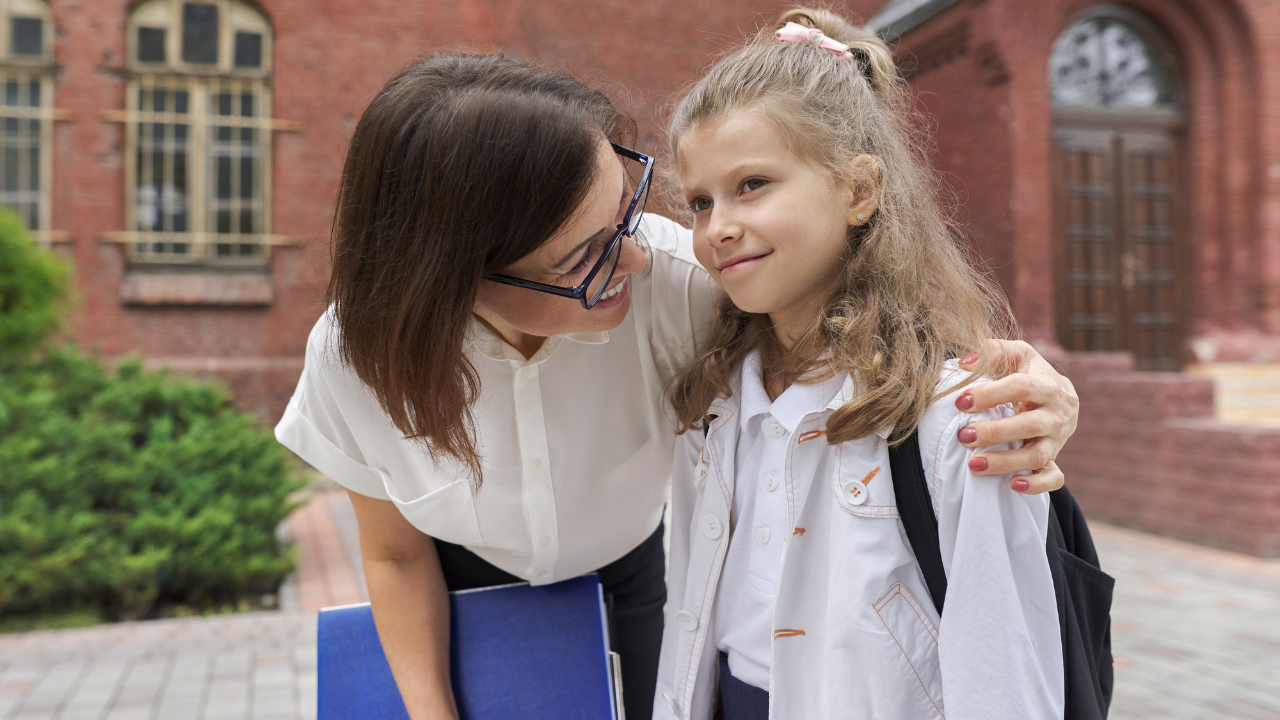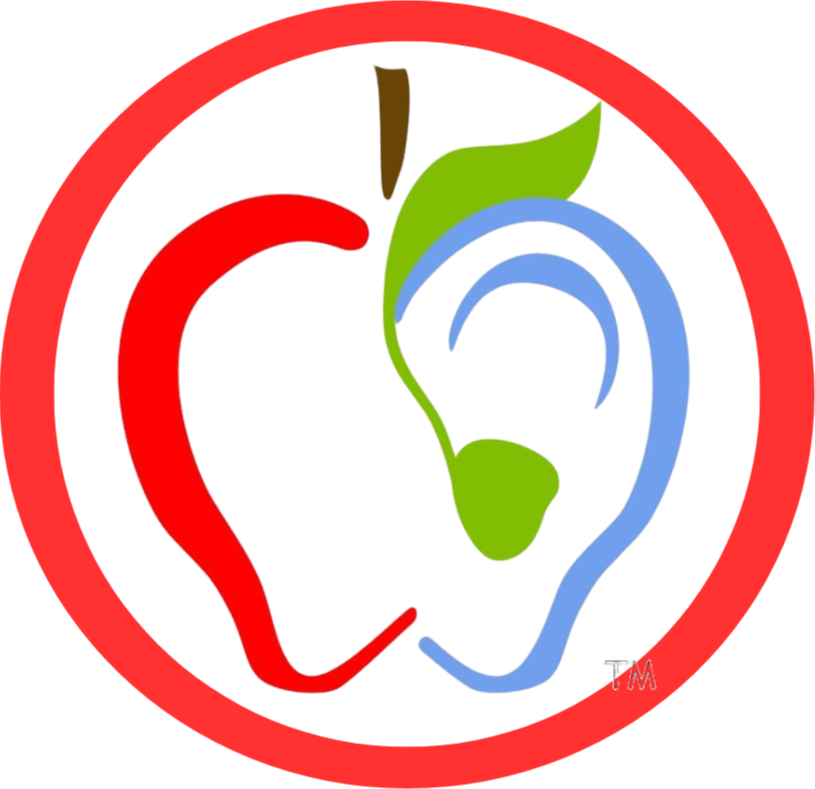Preparing for the General Education Classroom
Aug 05, 2021
As promised, we’re back with a second post about preparing your deaf or hard of hearing child/student for the mainstream classroom! If you need a little refresher of what we talked about last time, we went into detail about how to identify if the general education classroom is inclusive and accessible for your child/student. Check back on the previous post to read those details of what to consider and how to get started. In this blog post, we will talk about how to start implementing tools to ensure that your DHH child/student is prepped for success.
Now that you have determined that the general education classroom is appropriate, how do we get a general education classroom ready for a child who is deaf or hard of hearing? The first step is to determine potential barriers. Then, design teacher training procedures around strategies to reduce challenges (we’ll get to that later…..).
Right now we are just going to talk about some factors that could potentially lead to challenges if not addressed. As we have talked about numerous times, simply identifying and acknowledging the potential challenges within the classroom can create a better sense of what to do if those challenges arise.
Here are some factors that will play a role in the success of the DHH introduction to a general education classroom:
1. Attitudes of teachers and peers regarding the student’s disability and ability.
Attitude is caught not taught. Children can sense judgement like a dog can sense turkey dinner. When a teacher gives a little statement such as, “You don’t need this FM system, do you? You can hear me just fine,” that creates an automatic stigma towards a student’s technology and will impact their use of it. As much as we’d hate to admit it, judgment can play a role in how well our DHH student will adjust to a general education classroom. That’s why it is imperative that not only the teacher is prepared for that student’s arrival but so are their peers and classmates. Like we’ve mentioned before, simply knowing and allowing the space for everyone to understand can be an impressive first step to making a DHH student’s experience in a general education classroom a positive one. Make sure the staff is inserviced ahead of time. I like to include a section titled, “What Not to Say” in my trainings.
For example:
|
Instead of saying…... |
Say this….. |
|
You don’t need this FM system, I’m really loud. |
We’ll work together to make sure you don’t miss anything. We want you fully included in this classroom. |
|
Can you hear me? |
I want to make sure you are understanding everything. Can you repeat the directions for me so I know you understand? |
|
(To a soft-spoken classmate) [Name of DHH Student] can’t hear you. Can you speak up? |
We want to make sure everyone can hear you clearly. Can you speak up so that we can all hear and understand you? |
|
I need to turn the captions on because [Name of DHH student] needs them. |
Captions will help everyone in the class learn the vocabulary and understand the content. We’ll make sure they are on for everyone. |
In addition, it is good to prepare your child/student ahead of time and help them form a script of what to say when asked certain questions. For example, when asked about their hearing aid, cochlear implant, or use of an interpreter, it is really helpful to prepare and role-play a good answer. Example: “These are my hearing aids/cochlear implants and they help me hear. I use them everyday like a person uses glasses everyday to help them see.” Or “This is my interpreter. She helps me understand what people are saying in class because I miss a lot with my hearing loss. I don’t want to miss anything!”
2. Ability and willingness of teachers and other students to adapt interactions.
This goes hand in hand with number one. Will they be able to adapt to a different dynamic in the classroom? Teachers play an impactful role on their students. Most likely, the students will follow the example of their teachers. They see that their teacher is adapting, they will learn to adapt as well. Great adaptations to support student interactions include:
- Checking in with your DHH student every day to see if you can make any changes to make sure they are feeling fully included in the class.
- Seating students in a U-shape instead of in individual rows, allowing for easy visual access to peers.
- Reduction of background noise such as music during any type of social interaction time.
- Small group work to happen spread out throughout the classroom and hallway to reduce the amount of noise in the classroom during small group work.

3. Structures already in place which match the student’s communication needs.
This would include the use of a classroom sound system, a personal FM/DM system, roles and responsibilities clarified ahead of time for the educational interpreter, etc. Here are some other tips that can be utilized that will support your student's communication needs within the classroom:
- Use visual modes/techniques as much as possible. For example, having students write down their answers on a small dry-erase board and lifting the board when ready is a great way to turn student responses visual. When calling on a student, make sure that student shows the class the answer on their board for everyone to see. That makes it inclusive and accessible for your DHH student.
- When peers are reading from a text, make sure they use the classroom sound system or FM system so that everyone can hear them.
- Consider projecting captioning on the smartboard for everyone to see. This is a great Universal Design for Learning technique and helps all students. Google Slides can automatically caption what it hears. I know of teachers who just leave this on all day to allow captioning for all the students.
- Sign language classes for everyone. There are many free apps and programs that can be used to teach sign language to all the students. Many teachers have a sign language station for students as part of their classroom routine or for their beginning of the day or end of the day activities. I personally like the free program at signschool.com

If the school system already has some communication measures in place that will cater to the student, then that calls for less change needed to match the student’s communication needs. There’s less disruption in the routine for everyone involved.
This will get you started on creating an accessible and inclusive classroom for a deaf or hard of hearing student. As a summary, we learned that there are factors to consider on the side of the student, as well as the school system. How prepared is the student for a general education classroom? And then, what are the teachers’ and peers’ attitudes on the DHH student entering their classroom? Are they willing to adapt to the needs of that student? These are important questions to answer and it’s important that those questions are answered before the DHH student enters that classroom. Check back for another post which will go into more detail about prepping a general education classroom for a deaf or hard of hearing student.

